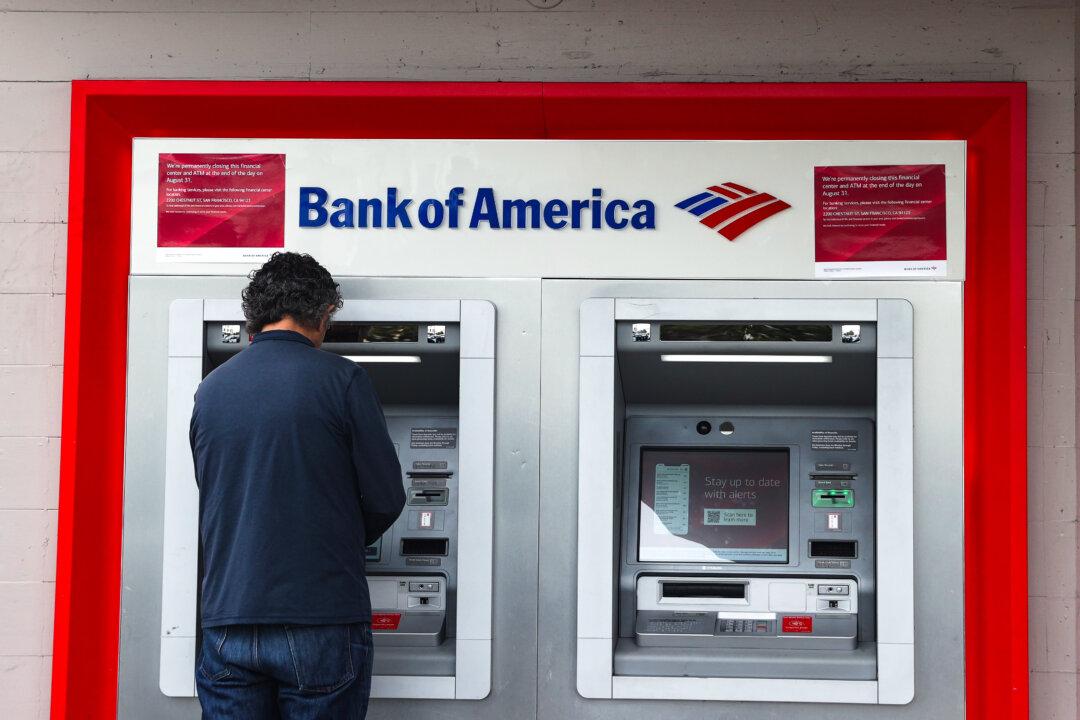Credit card debts and delinquency rates among Americans increased in the first quarter of 2024, with newly delinquent individuals having a high median credit card utilization rate of 90 percent.
Household credit card debt in the United States rose by $129 billion over the past year, reaching $1.15 trillion as of Q1 2024, according to the latest data from the Federal Reserve Bank of New York. In Q1 2023, the share of credit card debt that was 90 days or more delinquent was 4.57 percent.





